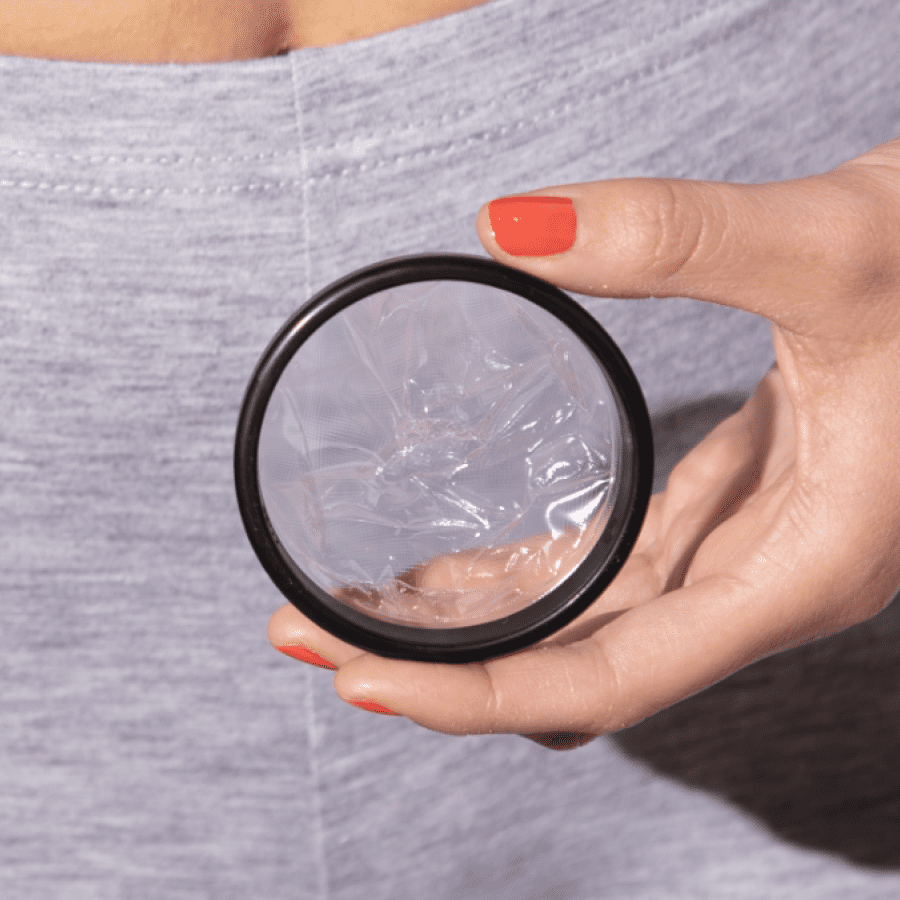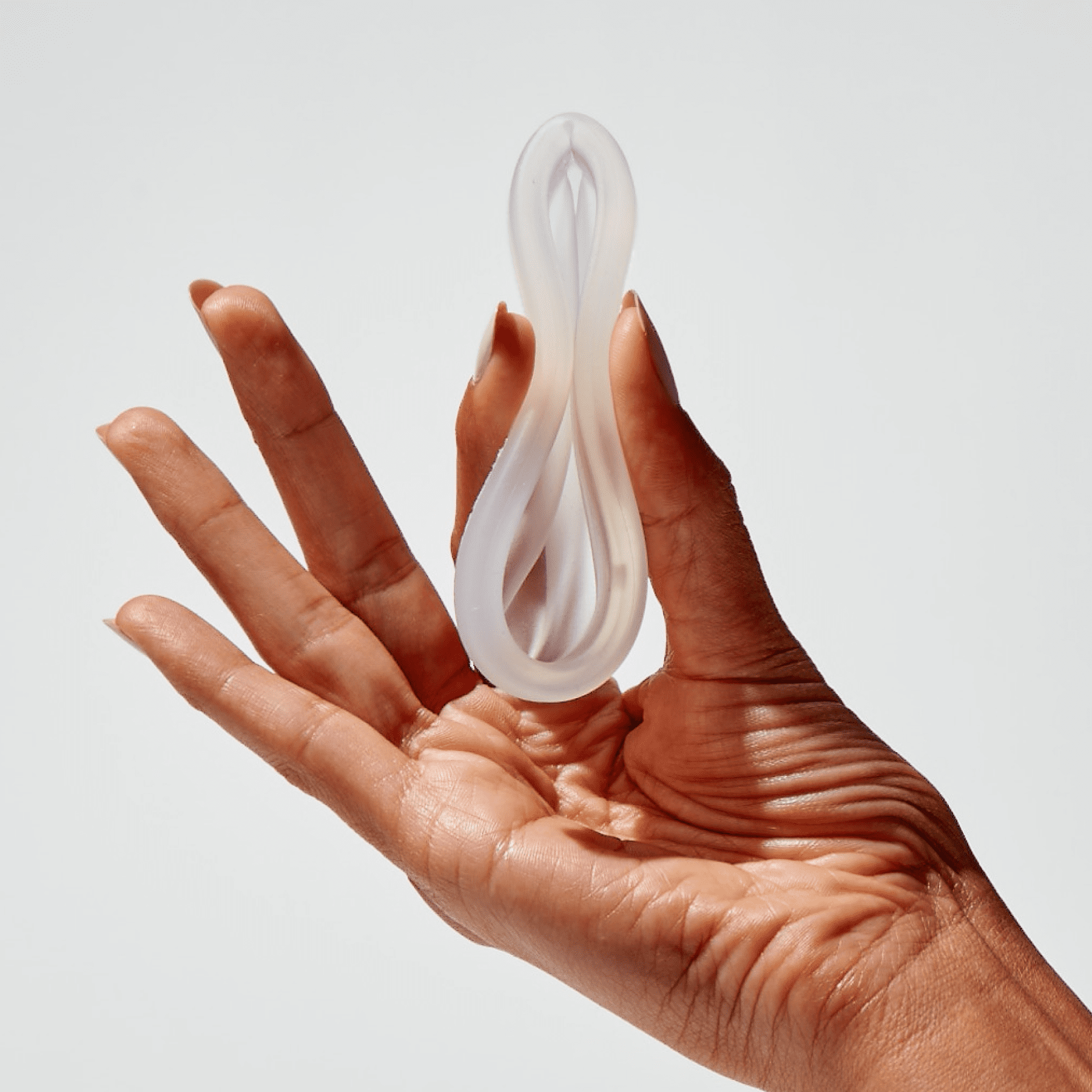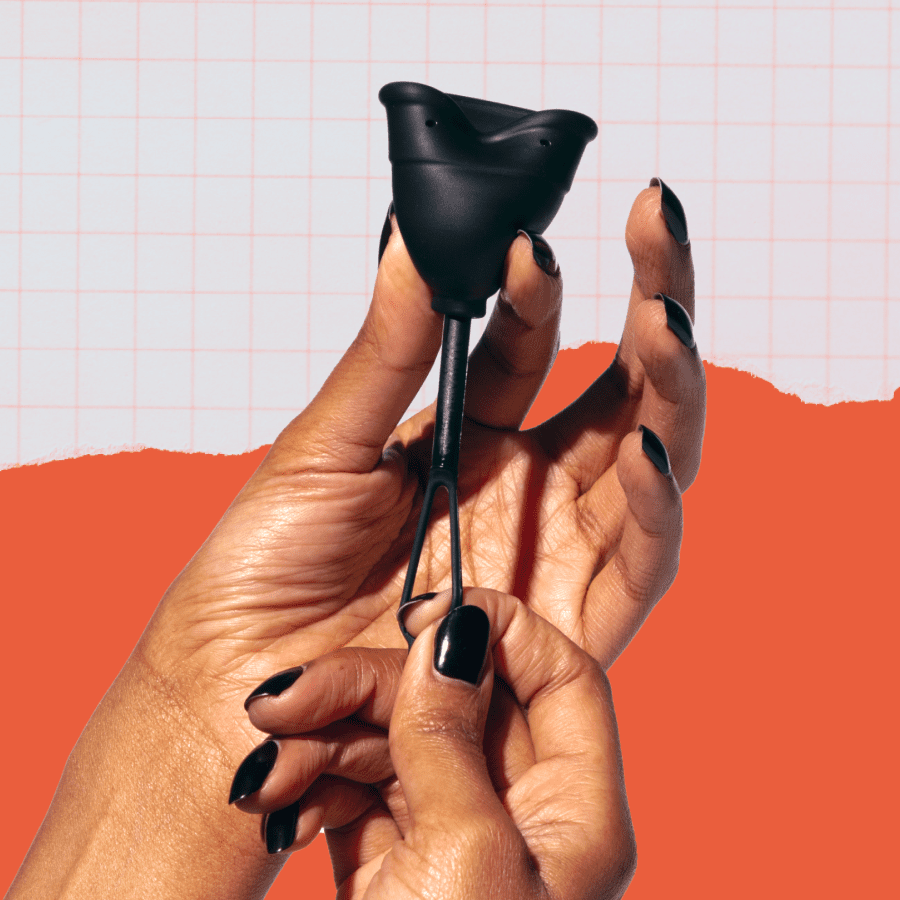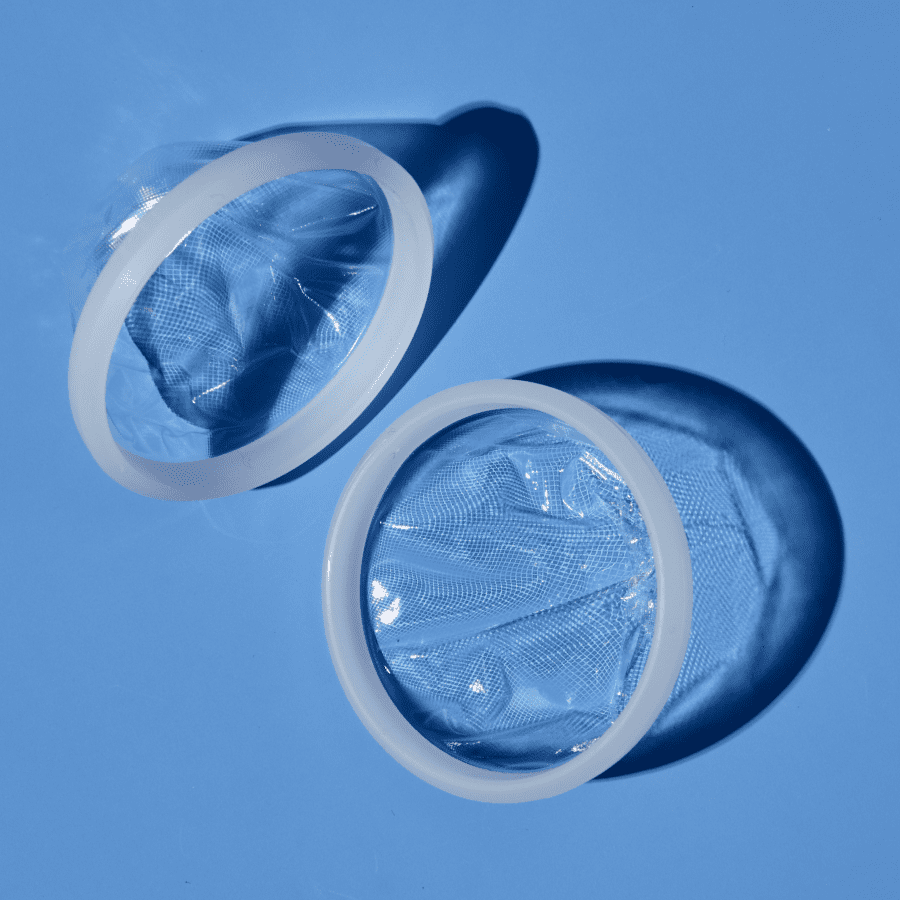How teens are using social media to put momentum behind local menstrual equity initiatives
For many of us, the biggest concerns we have about our periods have to do with convenience and comfort. We wonder: Will this pantyliner show through my jeans? Does Advil work better than Tylenol for cramps? Should I buy a heating pad?
Many other menstruators, however, face a more basic and pressing question every month: How will I afford to buy the period products I need?
Today, which happens to be Menstrual Hygiene Day, is an important day to remember that periods cost money. Whether you choose menstrual discs, tampons, reusable cups, or some other option, these products don’t come free. This means that for people who are already struggling to put food on their tables, period products are a luxury they can’t always afford.
Now, young social media users are stepping up to tackle period poverty—one TikTok video at a time. In honor of Menstrual Hygiene Day 2021, we wanted to take a moment to recognize their hard work at a grassroots level (exactly where it’s most impactful).
What is period poverty and why does it matter?
Before we get into what’s happening on the internet, let’s talk first about what period poverty is and how it affects people.
Period poverty refers to the condition where menstruators aren’t able to obtain period products they need due to cost or lack of access. An issue that affects people around the world, period poverty became especially acute during the Covid crisis. In fact, the Alliance for Period Supplies, a nonprofit that collects and distributes period supplies to people in need, found that one in four women struggled to purchase period products in the last year due to lack of income.
That’s not surprising, because period products aren’t particularly cheap—coming out to about $6,360 for the average woman over her lifetime, according to a source referenced by the Baltimore Sun. 1
What do menstruators do when they can’t afford period products? They make do with what they already have or what they can get for free. A study of low-income women in St. Louis, Mo., found that many people resorted to using “cloth, rags, tissues, or toilet paper” as well as “children’s diapers or paper towels taken from public bathrooms.” 2
Anyone who’s ever had to jerry-rig a pad out of paper towels because a period arrived unexpectedly knows that these makeshift materials just aren’t great substitutes for actual period products. Worries about leaks and stains go way up, making it hard to focus on anything else, whether it’s having a productive workday or simply getting from point A to point B.
Lack of period products leads to absenteeism in schools, too. Many teens and young adults have missed school days and classes because they don’t have adequate period supplies—and those days add up quickly, considering that most people with periods spend about 25% of their reproductive-age years bleeding.
Having a period should never be a reason to miss classes or fall behind in school. Fortunately, there are a number of hard-working individuals (and organizations) dedicated to making period products accessible for those in need—and some of them are getting the word out in unique, creative ways.
How TikTok launched a movement
Enter TikTok. Last July, two 19-year-olds in Barrington, Ill., posted a short video asking viewers, “got spare bras???” The clip shows donated bras—placed on hangers, a blanket, and a fence—along with the offer of a free shipping label for would-be bra and period product donors.
The video went viral, gaining more than 92,000 likes to date. And the girls behind the video—Alexa Mohsenzadeh and Jenica Baron—went national with their efforts. They launched Her Drive, an organization that helps volunteers host donation drives for bras, period supplies, and hygiene products to benefit people in their local communities.
So far, Her Drive has backed drives in more than 40 states and Canada—and advised groups in the United Kingdom who also plan to host drives.2 With Her Drive’s help, a recent high school student in Baltimore organized an #EndPeriodPoverty campaign that gave out more than 4,000 “cycle bags”—kits that include enough pads and tampons to cover a typical menstrual cycle—to families in need.1 Three Sacramento teens organized a similar drive that collected more than 3,000 period products in under two weeks.3
Social media sometimes gets a bad rap these days, blamed for everything from cyberbullying to teen loneliness to increased narcissism. But we should remember that these networks can be used to drive real positive change, too, often thanks to young adults who are able to harness their audiences’ attention and energy toward an important cause.
What about sustainability—both economic and environmental?
While these young activist efforts are heart-warming and commendable—and have surely made a big difference in the lives of the people who got access to products they needed—period poverty is still an ongoing problem. After all, periods aren’t one-time events! The people who received a cycle bag at one donation drive will likely need a new cycle bag the next month, and the month after that, and so on.
How can we give people ongoing access to the period products they need so we can truly end period poverty—not just this month, but for good? Reusable period products could be the answer.
While disposable pads and tampons can only be used once—requiring continued monthly spending for more products—reusable products like menstrual cups can last for years. This means that by giving a person in need a menstrual cup, you can alleviate their money worries related to periods for years (provided that person has access to clean water and soap for proper cleaning and sanitation between wears).
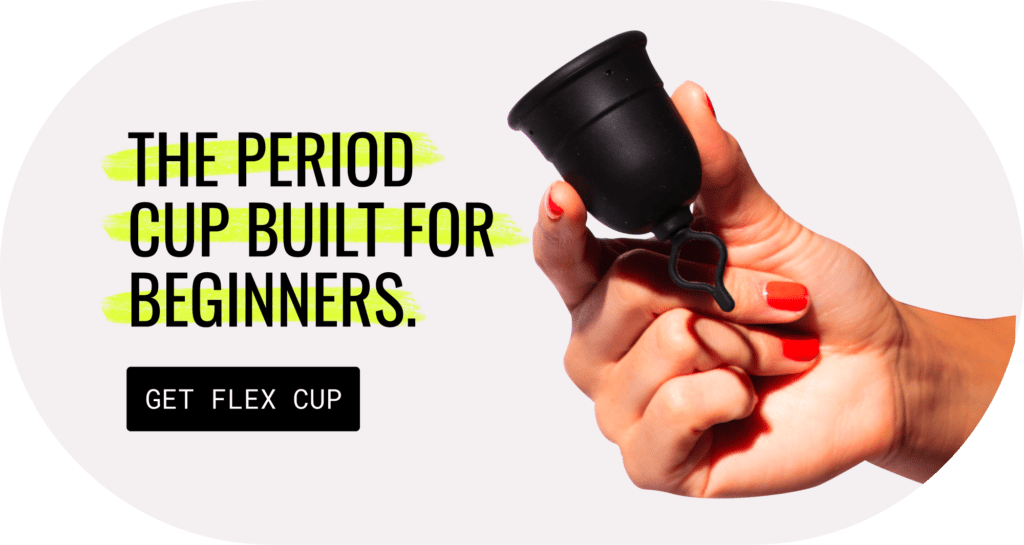
It’s important to note that reusable period products may also require a bit more of a learning curve than traditional products like pads and tampons. So, along with distributing the cup itself, educational resources should also be provided: For example, how to insert, remove, and clean your cup (or other alternative product) to prevent bacterial infection.
The next phase of the fight against period poverty might also be a move toward sustainability—giving people access to reusable period products that alleviate stress over the short term, save money over the long term, and come with a lighter carbon footprint, too.
Do your part: Resources & where to donate
Her Drive’s amazing story shows that just two young people with a TikTok account can wage a significant fight against period poverty. The organization has inspired people across the globe to take action in their communities and beyond, bringing tangible help to the people who need it.
You too can make a difference. Not sure where to start? Here are a few ideas to get you going:
- Get involved with Menstrual Hygiene Day and Period Poverty Awareness Week. Created by the Alliance for Period Supplies, Period Poverty Awareness Week has the goal “to educate on the issue period poverty and the impact period poverty has on menstruators.” This year, it runs from May 24 to May 30. Learn more about the issue and raise awareness by sharing facts about period poverty on social media.
- Send period product donations. Join Her Drive’s efforts by donating period supplies—either by mailing them to the organization directly, or by purchasing needed goods on the organization’s Amazon Wish List.
- Organize a drive. Want to plan a drive to collect period products for your own community? Her Drive offers a detailed guide to get you started. You just need to find one other person to team up with you to lead an event in your neighborhood.
- Team up with local food banks or supply drives. Organizations that distribute food, hygiene supplies, and other necessities to local populations in need often also distribute period products. Plus, those community organizations that haven’t yet considered period products may be open to doing so if you broach them with the idea. Consider working with those nonprofits already active in your area. Teaming up can make drives easier and more effective!
- Donate or host a fundraiser. Help support the Alliance for Period Supplies financially by donating directly or organizing a fundraiser to benefit the nonprofit.
Know of other ways to #EndPeriodPoverty? Share your ideas by sending us a message at thefornix@flexfits.com.
© 2021 The Flex Company. All Rights Reserved.

